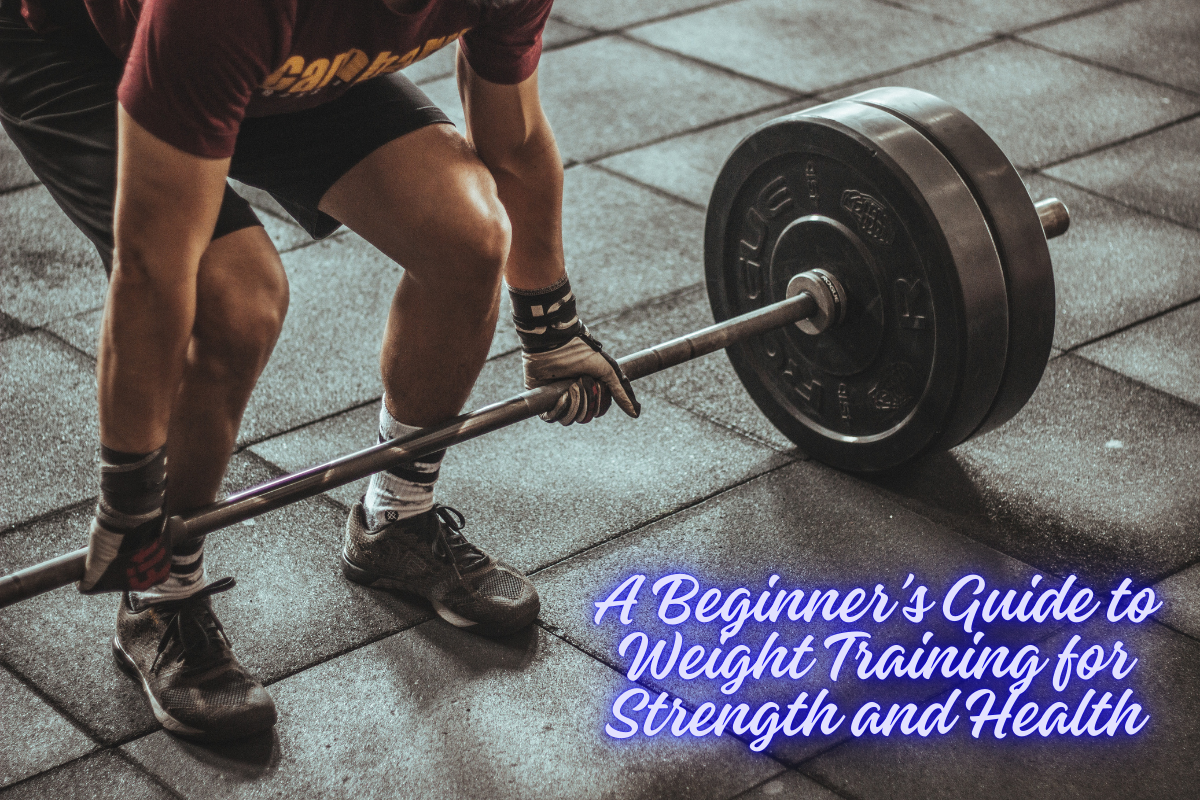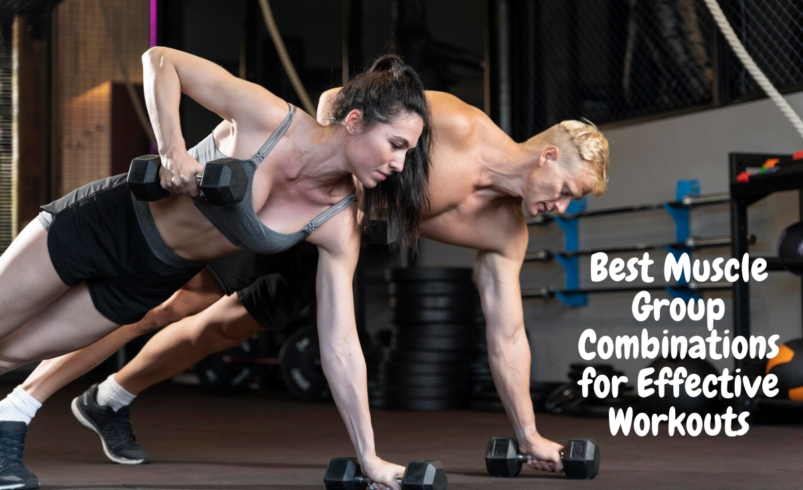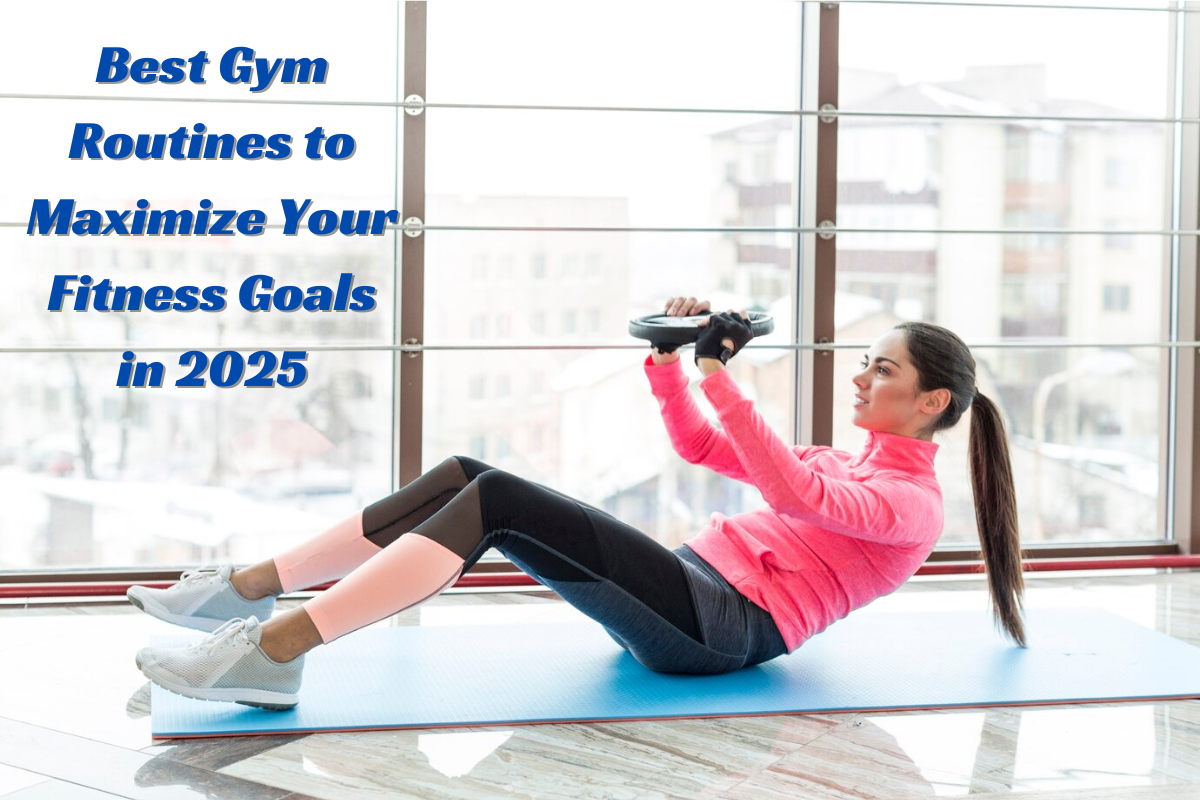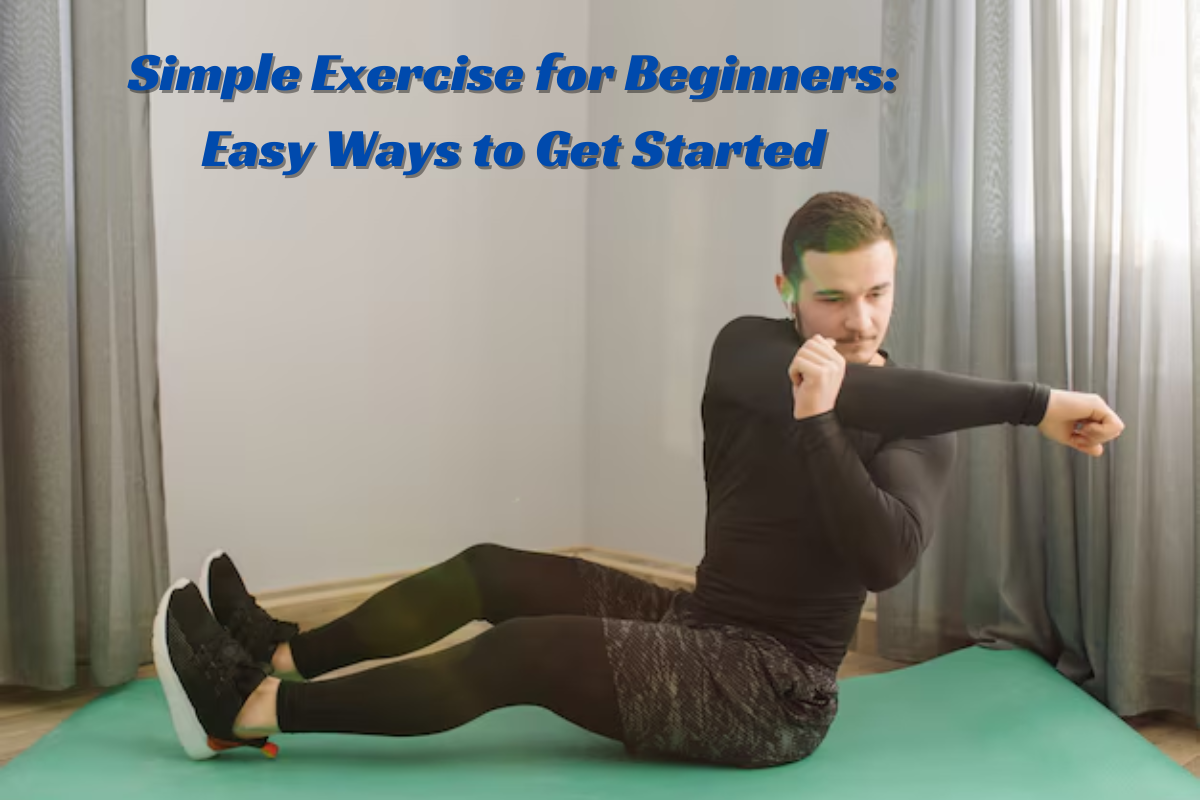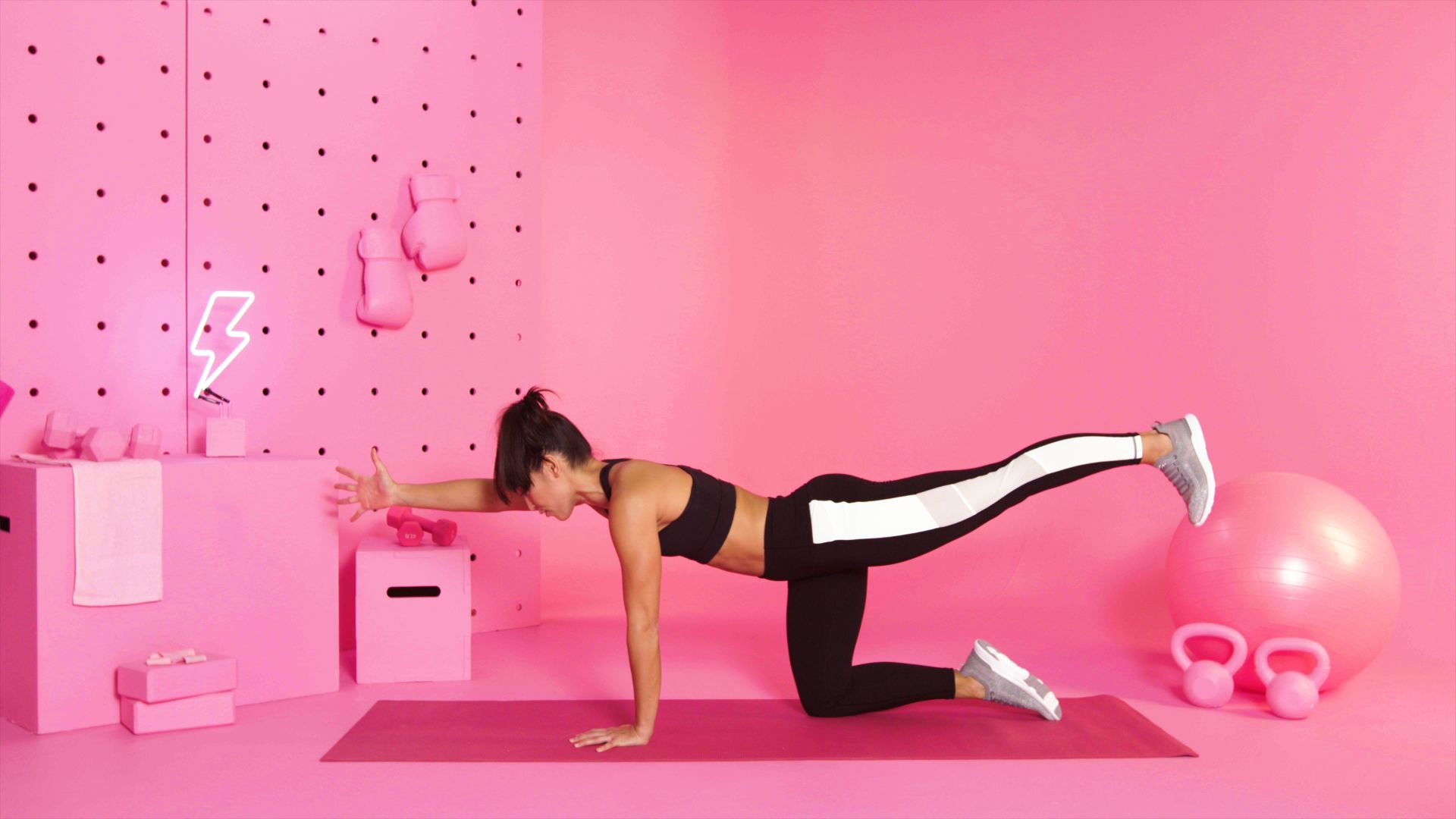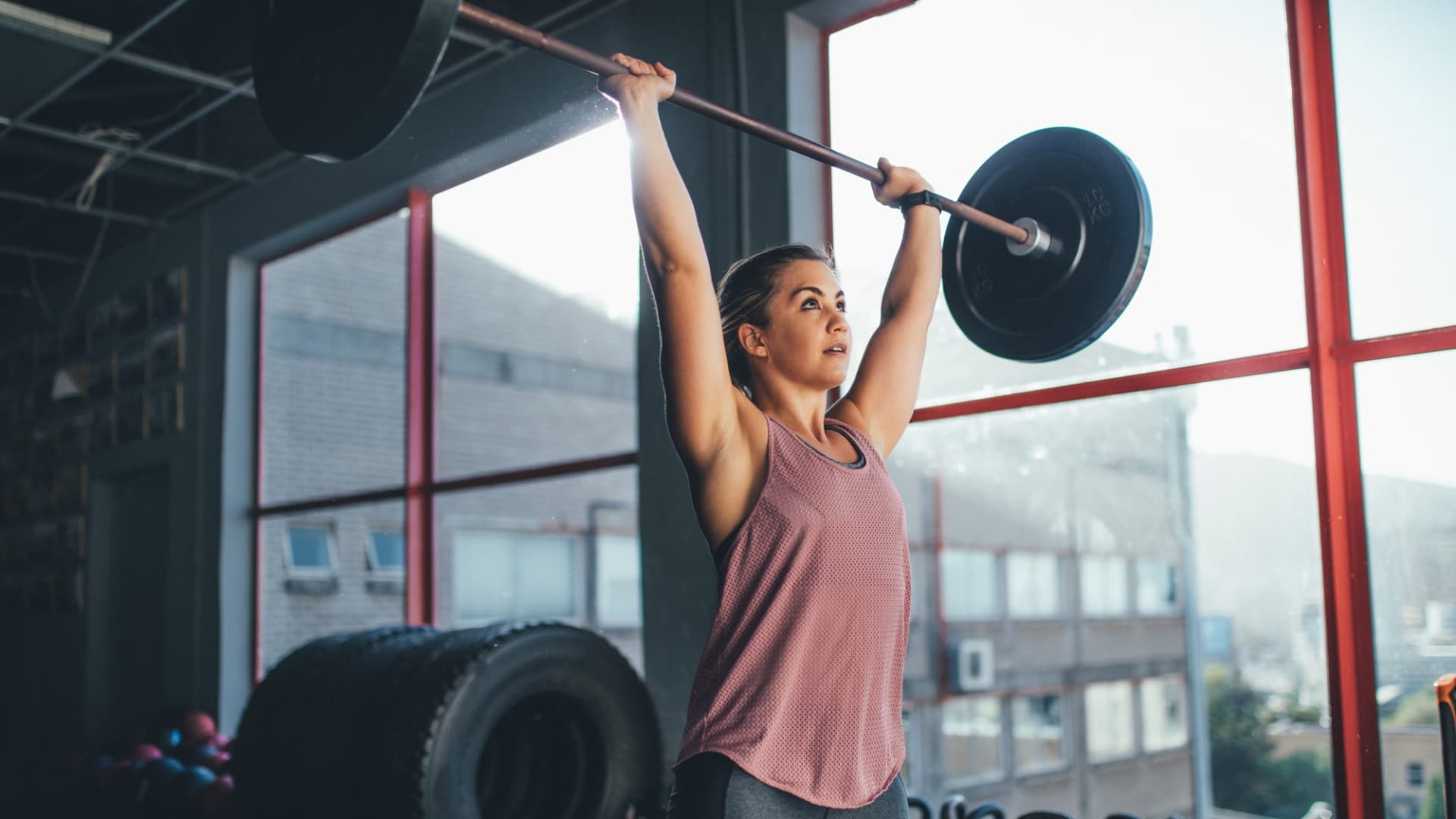When it comes to building strength and muscle, one of the most common questions is, what muscle groups are best to work out together? Combining the right muscle groups in your workout routine can lead to better results, improve efficiency, and prevent overtraining. This guide will help you choose the best combinations to enhance your workouts and maximize gains.
Why Combining Muscle Groups Matters
The key to creating an effective workout routine is understanding which muscle groups complement each other. Working related muscles together helps balance your strength development, reduces injury risk, and saves time. Here’s why it’s crucial to pair muscles strategically:
- Efficiency: Combining muscles that work together maximizes your workout time.
- Recovery: Focusing on complementary muscles allows for better recovery.
- Strength Development: Proper pairing ensures all muscles grow equally, improving overall strength.
Best Muscle Groups to Pair in Your Workout
When deciding what muscle groups are best to work out together, some combinations stand out due to their natural synergy. These pairings work efficiently, reducing fatigue while enhancing strength. Here are the top groupings:
1. Chest and Triceps
A popular combination, chest and triceps work together in pushing movements. The chest engages during pressing motions, and the triceps assist in extending the arm. Training them together maximizes the efficiency of each exercise.
2. Back and Biceps
Back exercises like rows and pull-ups engage both the back and biceps. Pairing these muscle groups is effective because the biceps help in the pulling motion, making them a natural match.
3. Legs and Shoulders
While not as common, legs and shoulders are a great combination. Squats and lunges engage the legs, and overhead presses target the shoulders. This pairing ensures a balanced workout for your lower and upper body.
Less Common but Effective Pairings
While most people focus on the basic muscle pairings, there are also some less common but effective combinations worth considering:
1. Shoulders and Traps
Shoulders and traps often work together during pressing or overhead movements. Combining them in a workout enhances upper body stability and posture.
2. Abs and Lower Back
Combining core exercises with lower back training can improve overall posture and spinal health. These muscles work together to stabilize the body during many movements.
How to Plan Your Weekly Workout Routine
Once you understand what muscle groups are best to work out together, planning your routine becomes easier. You can focus on pairing complementary muscles during your workout week. Here’s a sample weekly breakdown:
- Day 1: Chest and Triceps
- Day 2: Back and Biceps
- Day 3: Rest or Active Recovery
- Day 4: Legs and Shoulders
- Day 5: Abs and Lower Back
- Day 6: Full Body or Focus on Weak Points
- Day 7: Rest
Tips for Maximizing Results
- Warm-Up Properly: Prepare muscles before each workout session to avoid injury.
- Include Compound Movements: Focus on exercises like squats, deadlifts, and bench presses to engage multiple muscles.
- Track Your Progress: Monitor strength and volume for continuous improvement.
Final Thoughts
Choosing the right muscle groups to work out together is essential for an effective and balanced fitness routine. The best pairings depend on your personal goals and workout style. However, focusing on complementary muscle groups will lead to better results and greater gains.

